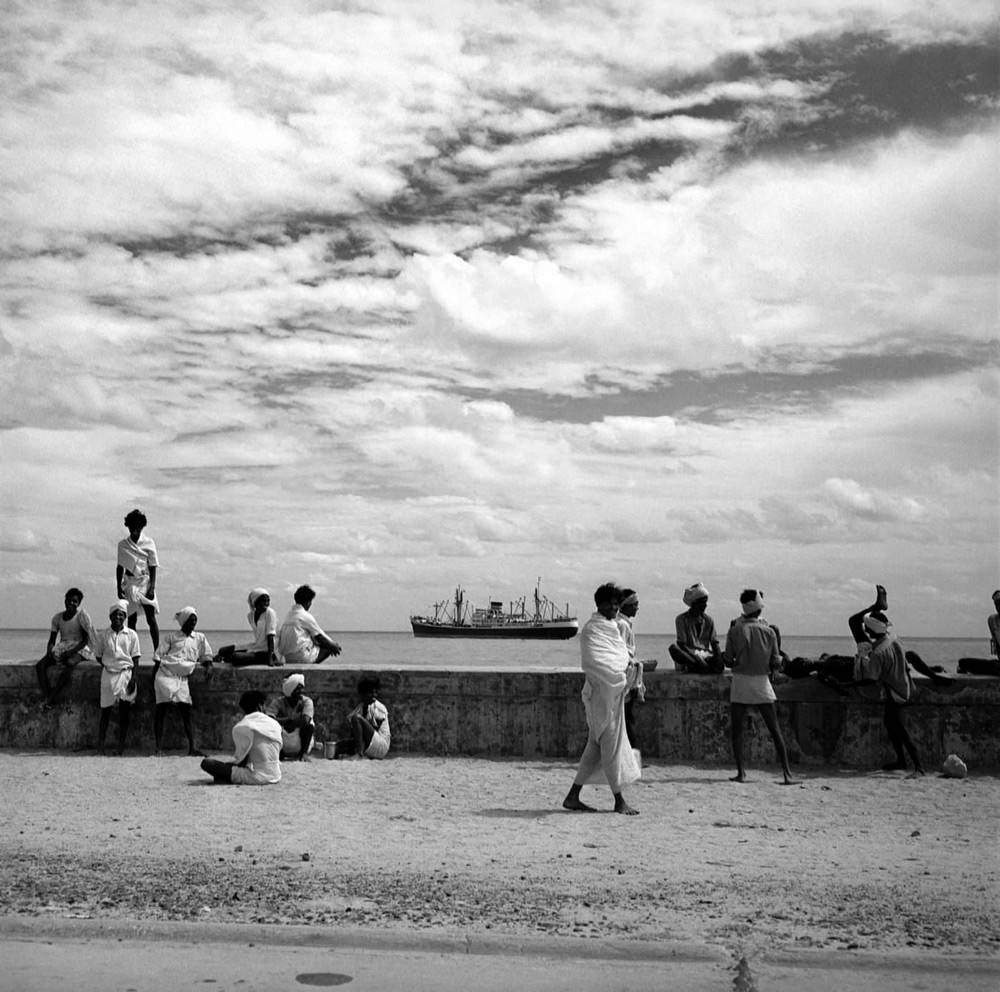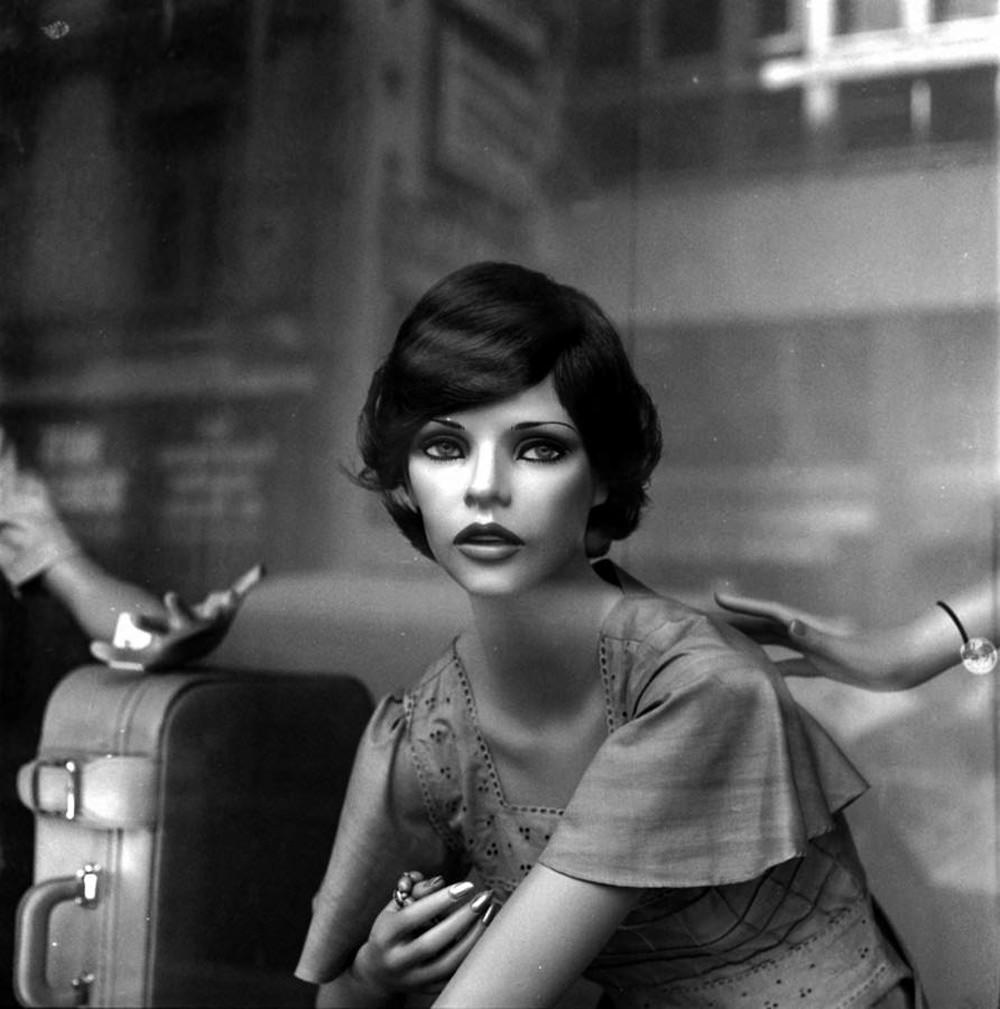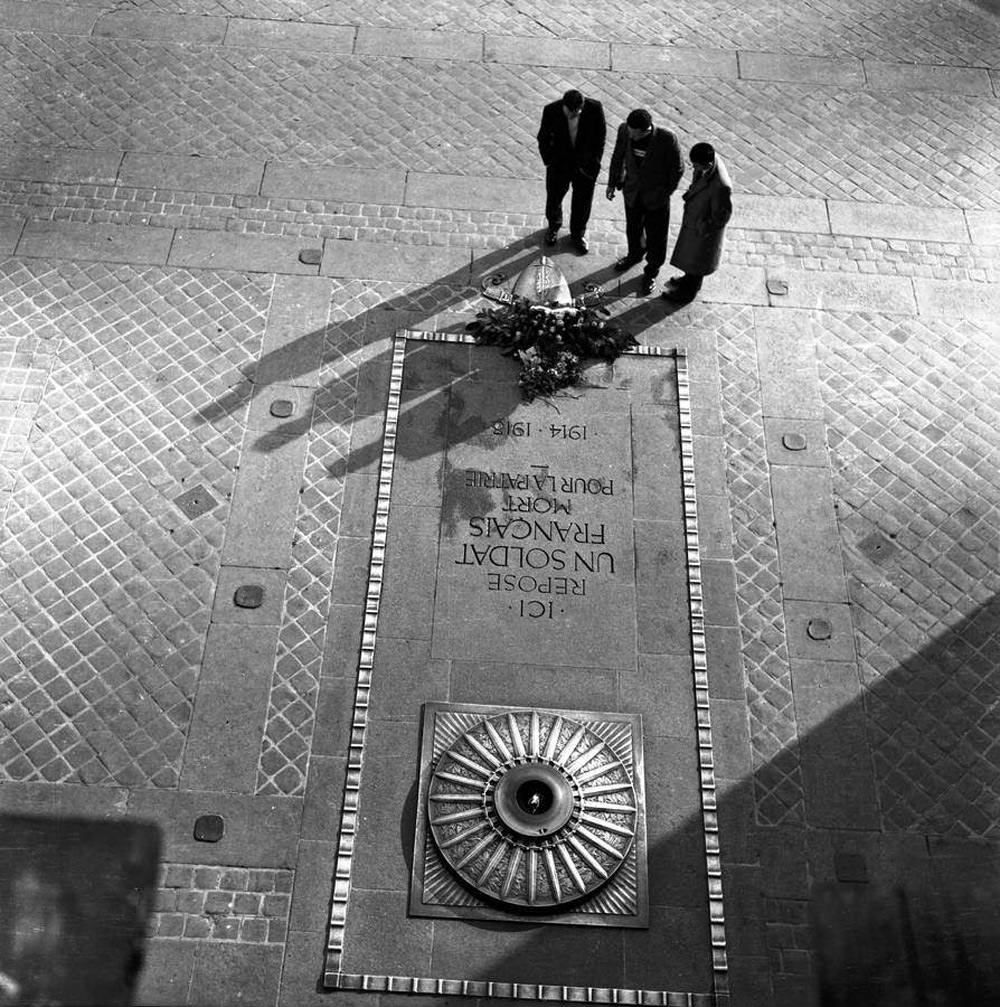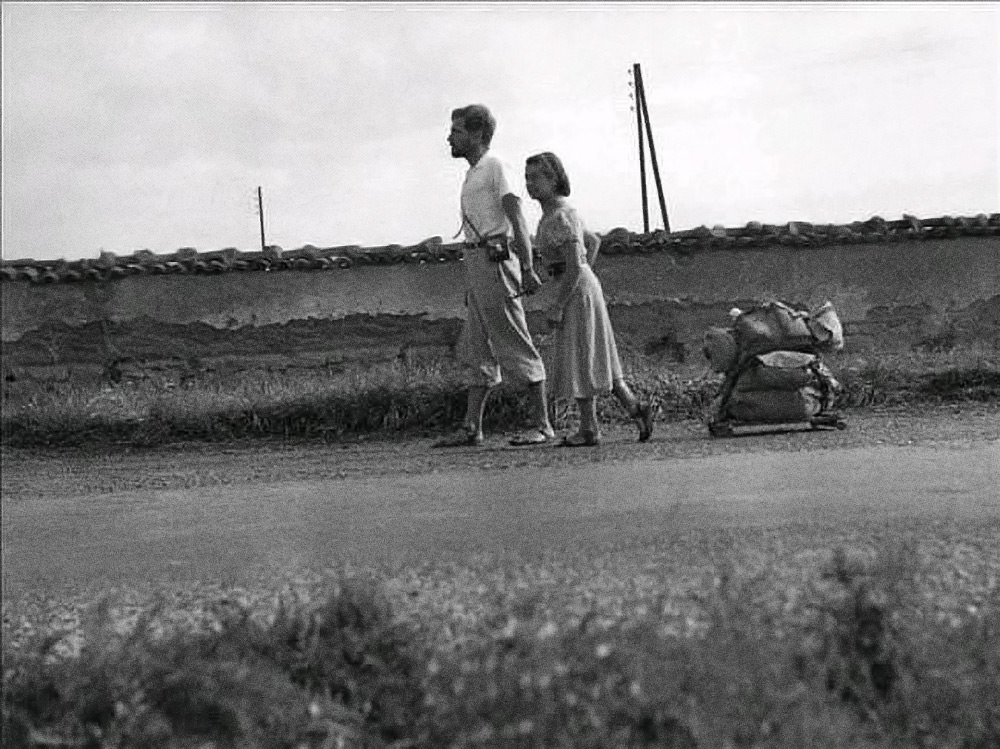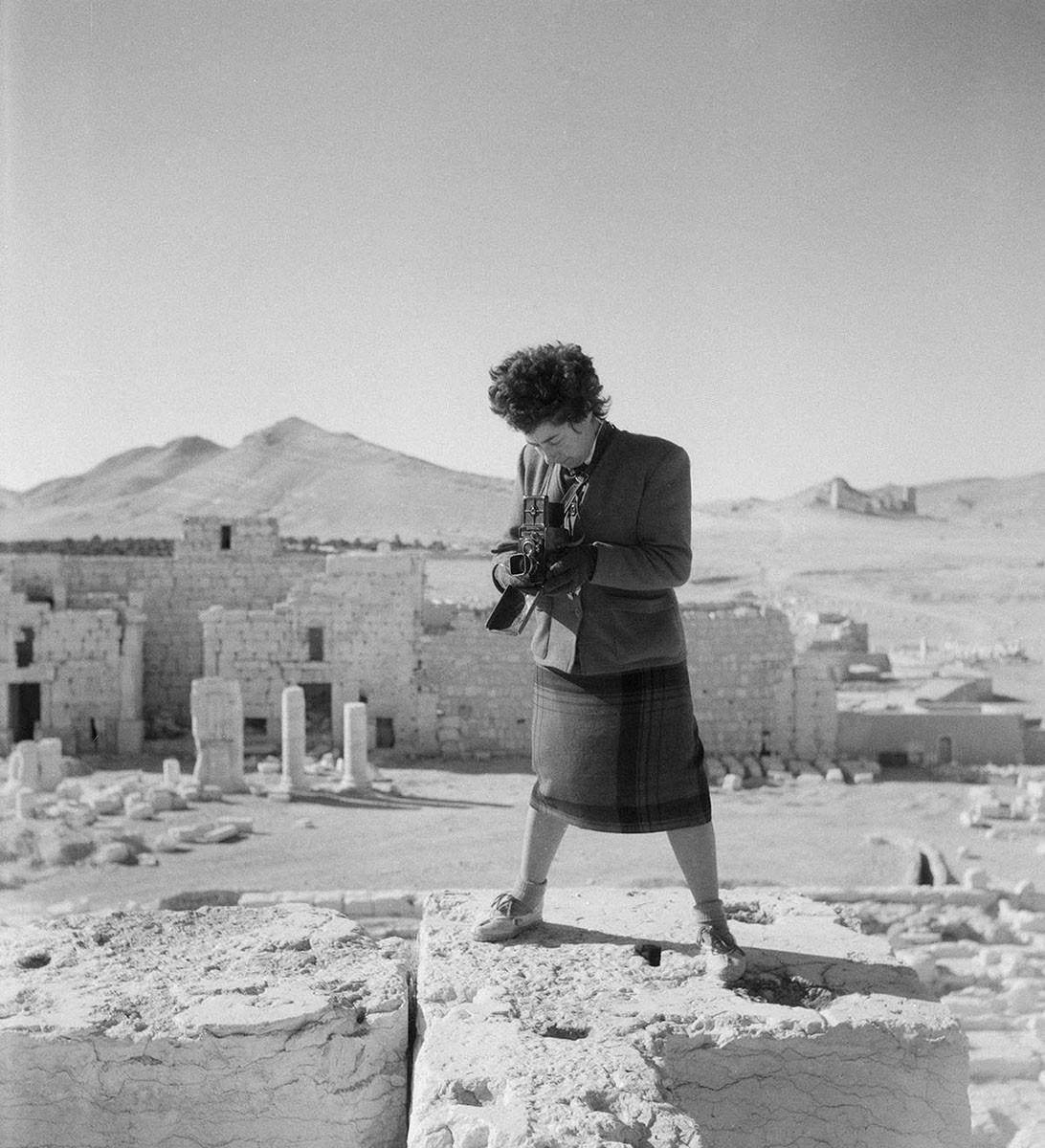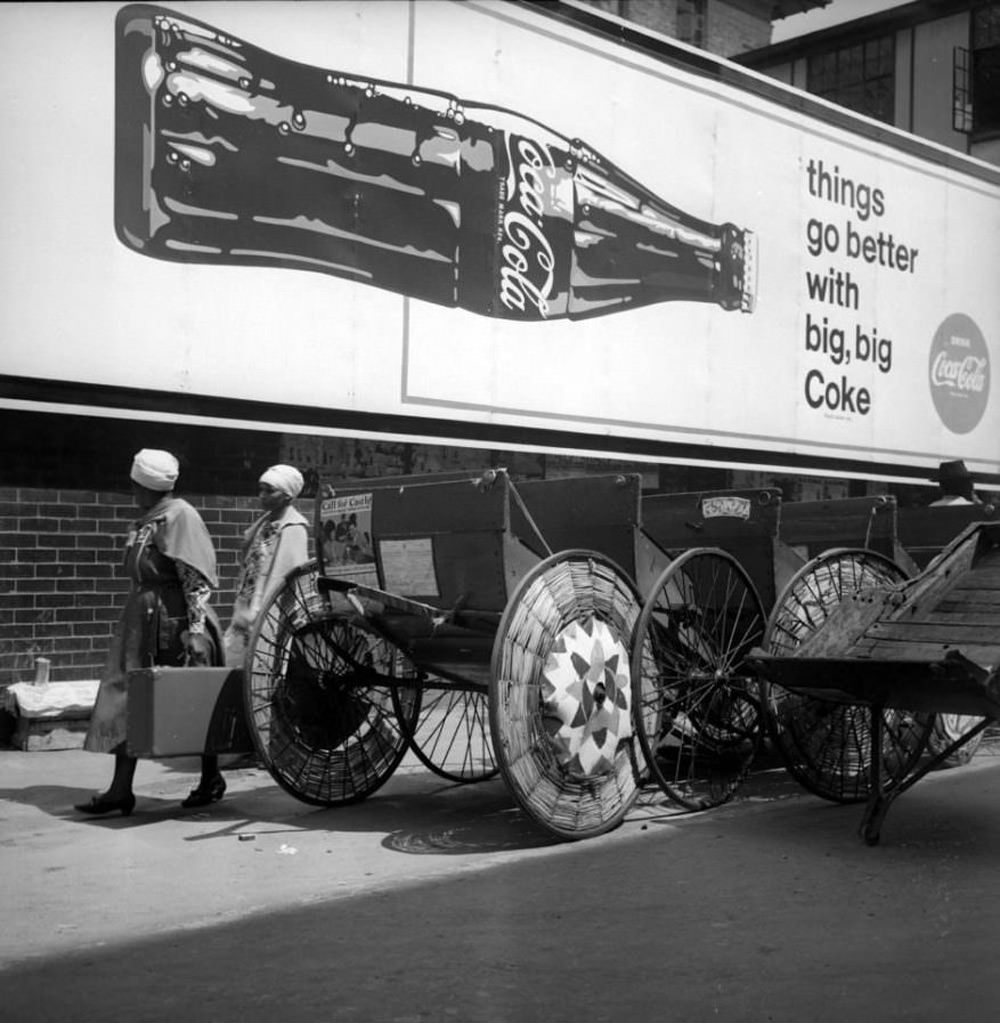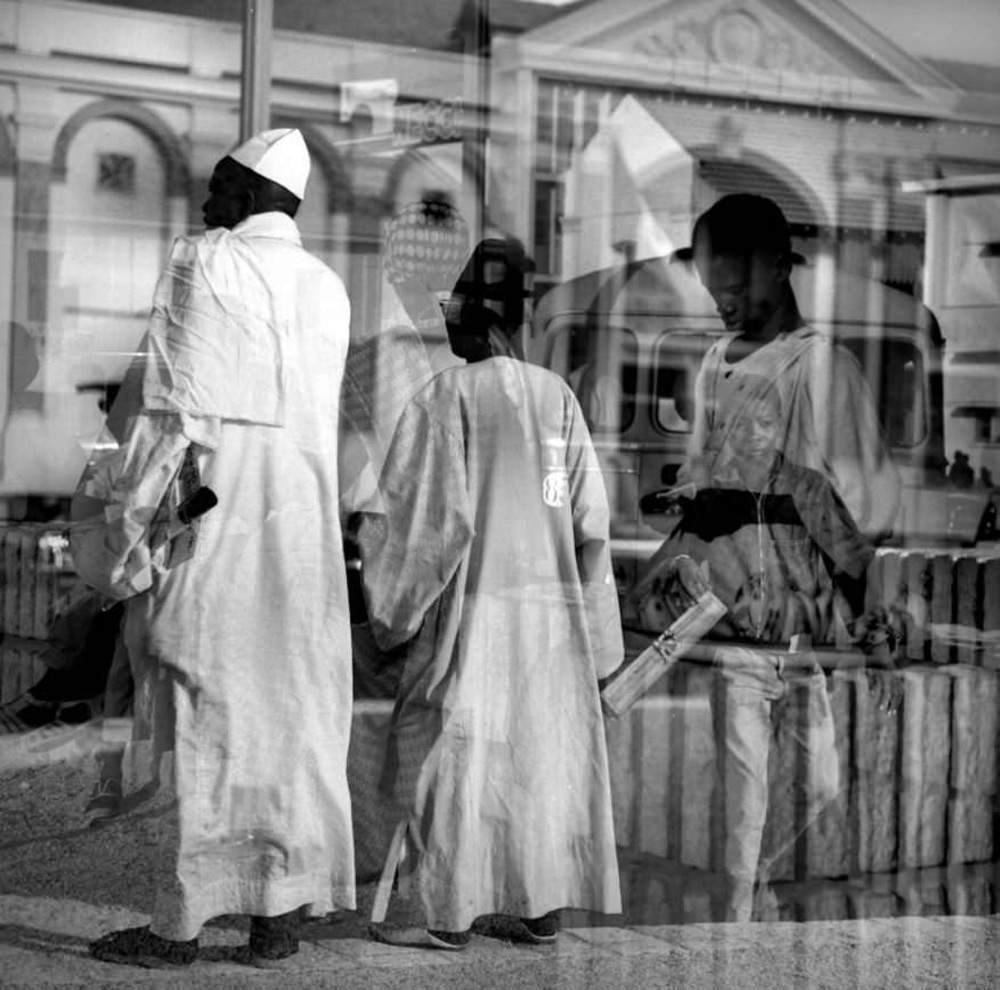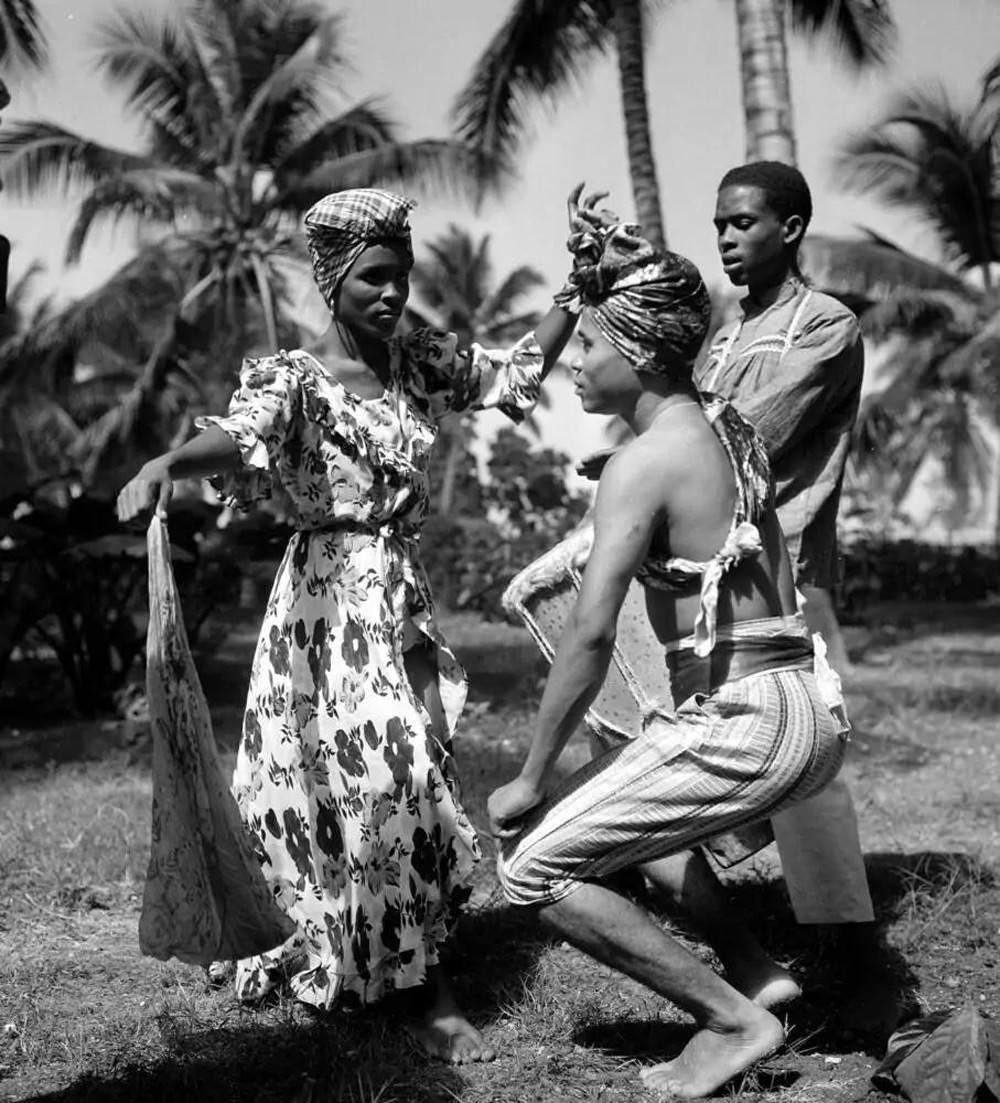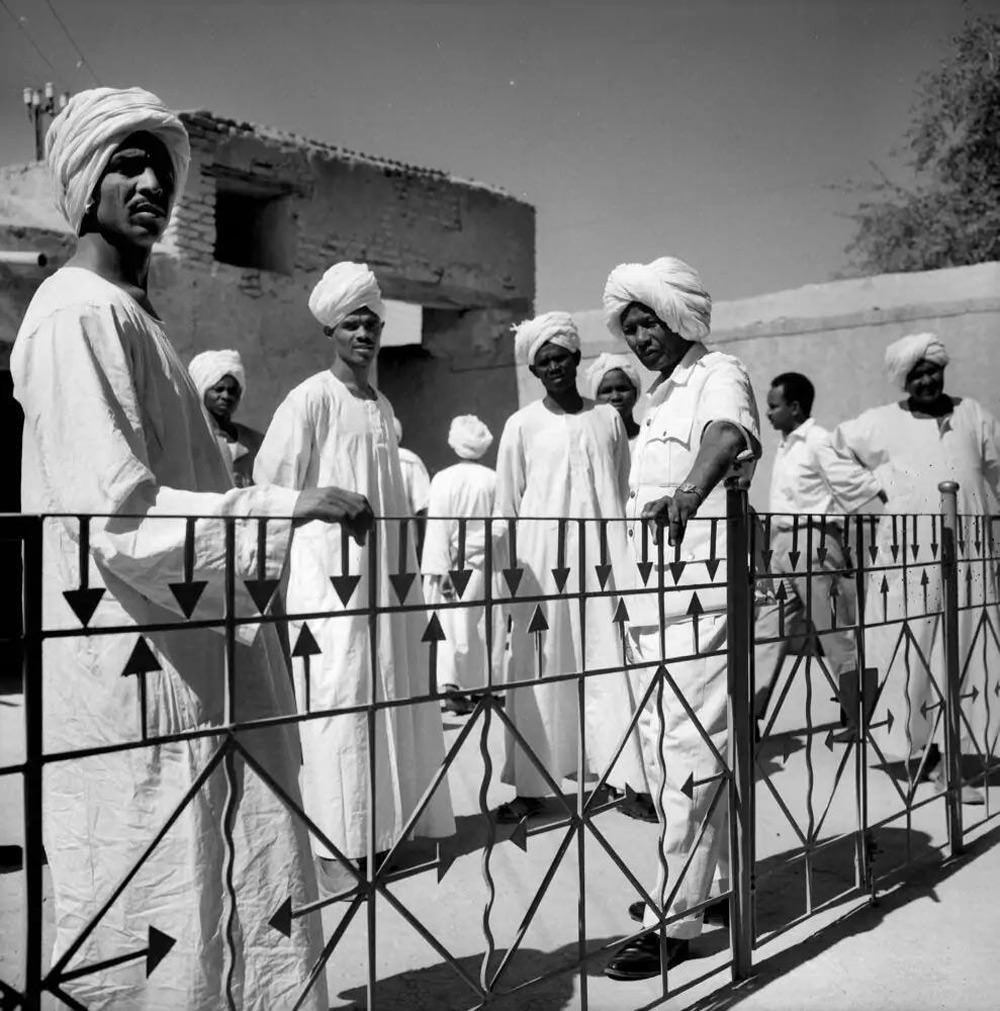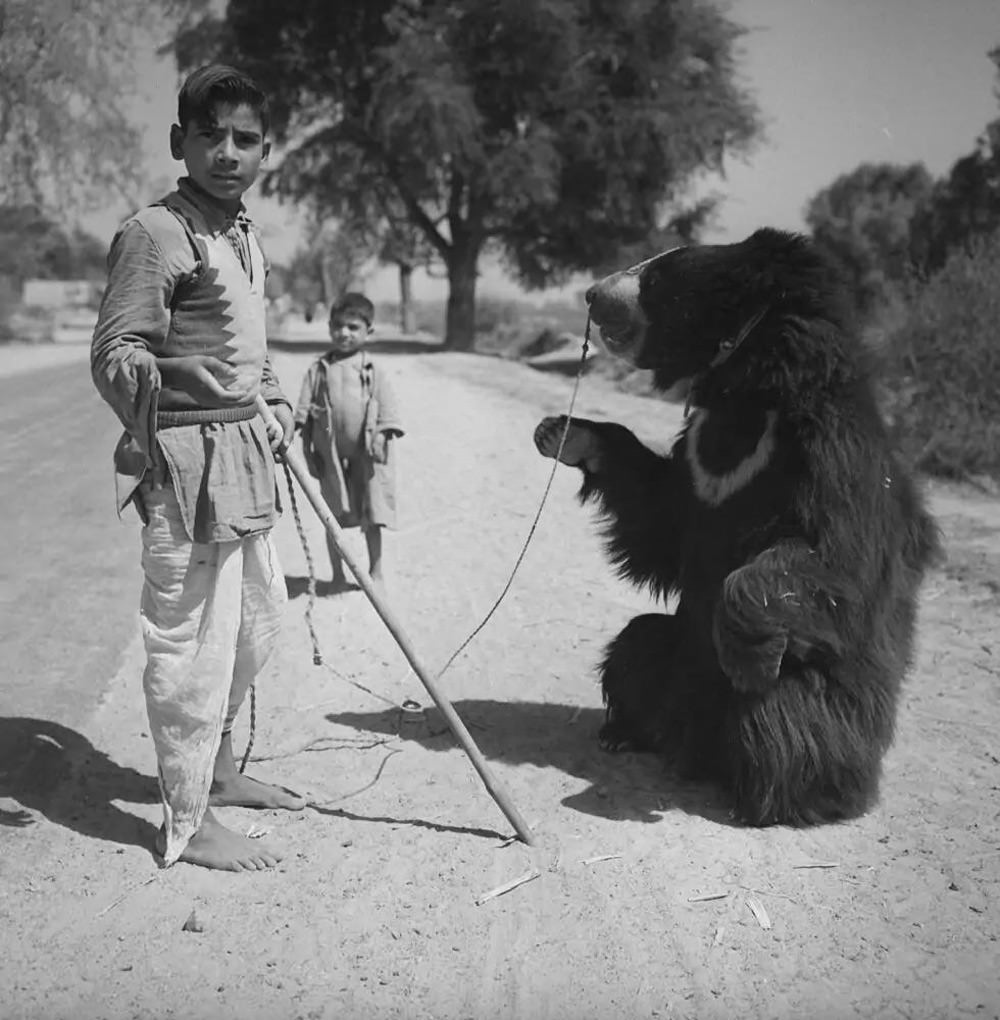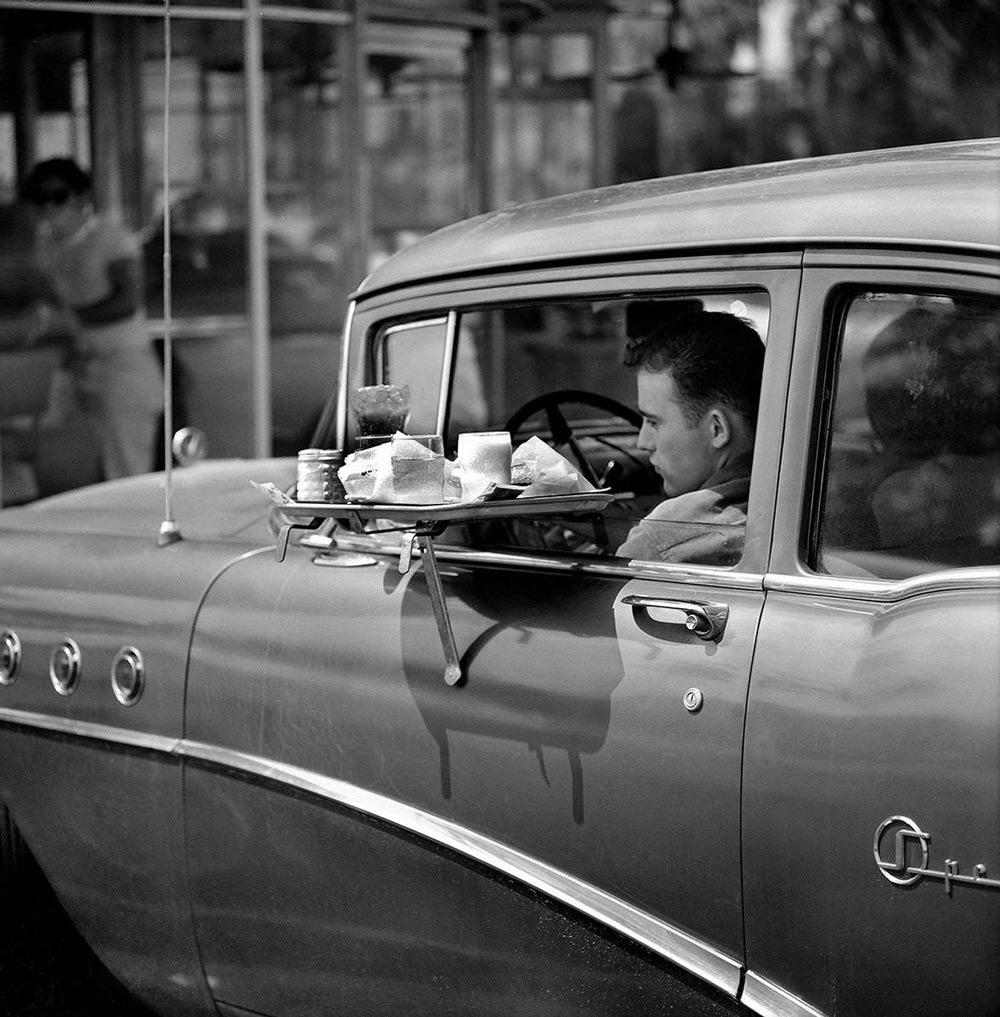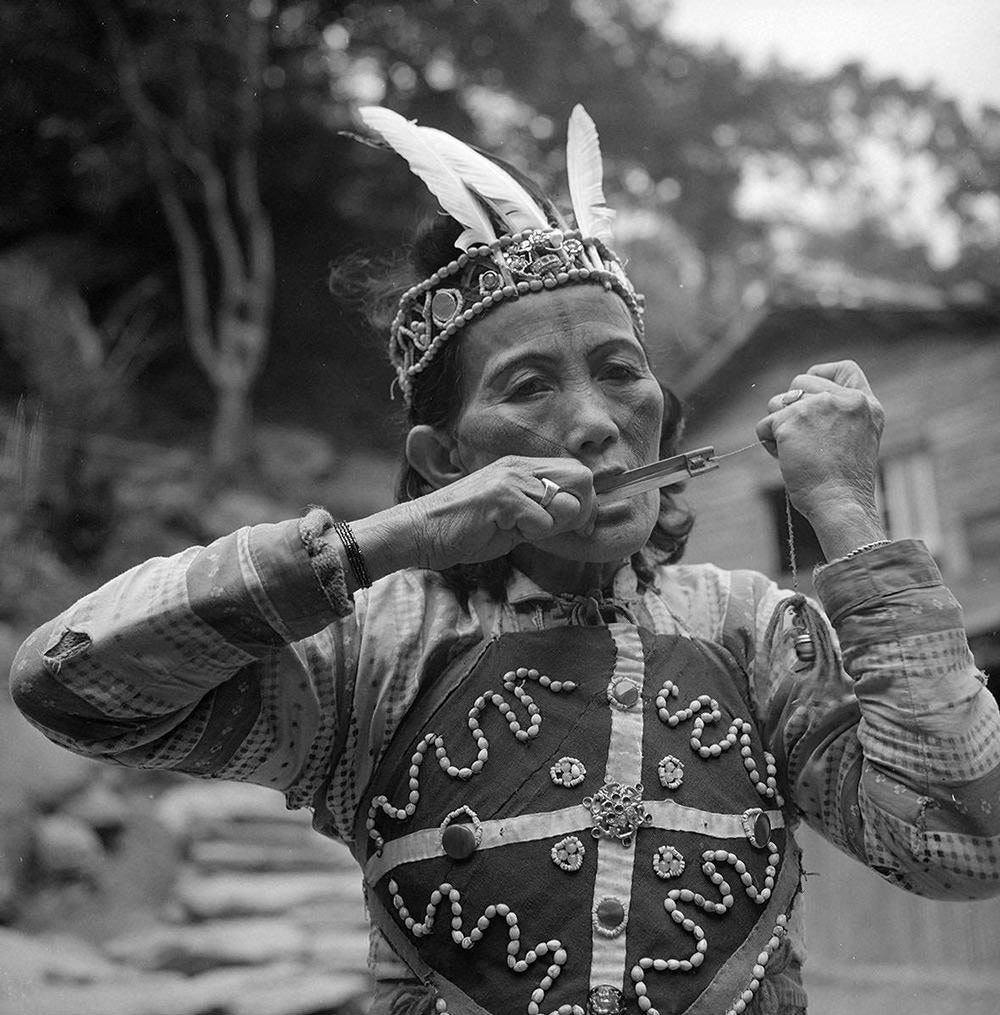Hélène Roger-Viollet: Hélène’s Trips
For the first time, Hélène Roger-Viollet’s photographs are to be discovered on the occasion of the exhibition Hélène’s Trips, a lifetime spent on documenting the world, at Roger-Viollet Gallery until April 30, 2021.
The Roger-Viollet photo agency hosts the exhibition dedicated to the photographs taken between 1950 and 1970 by Hélène Roger-Viollet across the various continents, America, Asia, Africa.
Armed with her Rolleiflex, the journalist photographer Hélène Roger Viollet goes in search of testimonies of the most distant peoples’ daily lives in an era when traveling was not so easy. Her figure was not to create reportage but to create photographic documents to enrich the collection of the agency she founded in 1938 together with her husband Jean Fischer.
About the Author
Born in the twentieth century in 1901, Hélène grows up with photography. His father, Henri Roger-Viollet is a chemical engineer, but above all an avid amateur photographer who does not hesitate to share with his daughter his passion for photography, but also his taste for technical experiments (like stereoscopic photography) and for the collection of prints. This family passion is passed on and leads the young girl to pursue a career as a journalist; she will be among the rare women to follow this course.
Ahead of its time, Hélène Roger-Viollet is also a committed woman, in particular for the right to vote of women for which she militates alongside the feminist Louise Weiss.
In 1936, with her husband Jean Fisher, also a photographer, they followed the French by bike in their summer exodus, for the first paid vacation. This first of many upcoming photo reports takes them to Spain, where they sense a commotion: the beginning of the civil war, a fight that they will be the first to cover.
In 1937, Hélène reunited with her father to give shape to a new project: gather a large photographic collection dedicated to universal exhibitions. The many images of Henri Roger-Viollet are still missing a few copies, including those of the German pavilion. This cliché hunt announces the beginnings of the future Roger-Viollet agency thanks to the acquisition of a store dedicated to photographic documentation sold with its impressive archives.
In 1938, Hélène Roger-Viollet and her husband, therefore, founded their own photo agency, specialized in acquisition photographic archives. To the documents acquired will quickly be added the images brought back by Hélène during her long-distance trips.
The couple plans their trips to fill the gaps in this collection abounding which brings together images of the Second Empire or testimonies of the consequences of the Second World War. It was not until the 1960s that La Documentation Photographique Roger-Viollet became Press Agency.
Her favorite Rolleiflexes in her suitcase, Hélène travels the world; flies from Pondicherry to Dakar via Johannesburg. His honeymoon had turned into a photographic world tour aboard the liner France. Hélène immortalizes elsewhere in a square format specific to these devices – also dear to Diane Arbus.
At a time when travel remains a rare luxury, she approaches the unknown with the approach of an ethnologist rather than a tourist. Ethnic customs and daily life are at the heart of her reports, which she considers to be documentaries. Bear showers from Agrâ, entourage close to the Caliph of Sudan, or traditional Haitian dancers are captured in movement, immortalized with a naturalness far from any staging.
From Asia, Africa, or America, the travels of the Roger-Viollet couple become for us today a journey through time, a leap up to the 1950s to the 1970s. Black and white photos of Hélène certainly have documentary significance, but they are nonetheless artistic and recognizable by their aesthetics. Their framing, their play of light bear the photographer’s signature and give Hélène Roger-Viollet’s work a certain unity despite the exoticism of the destinations visited.
In 1985, Hélène died, tragically murdered by her husband. Its rich photographic collection made up of more than 6 million documents, of which approximately 600,000 made by the Roger-Viollet spouses, was then bequeathed to the City of Paris and today preserved by its Historical Library. (via Archyde.com/)
More info on:
https://www.roger-viollet.fr/

